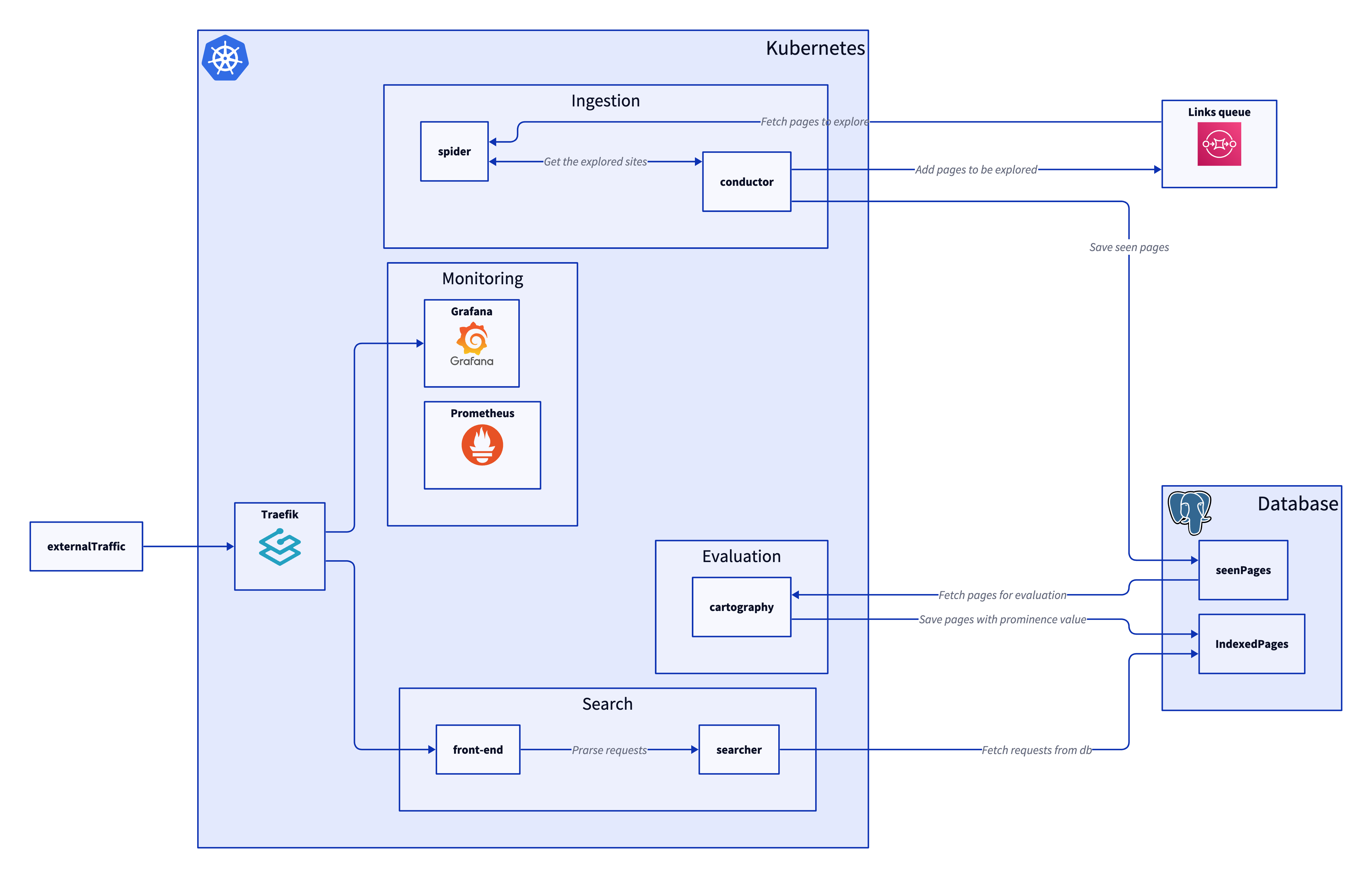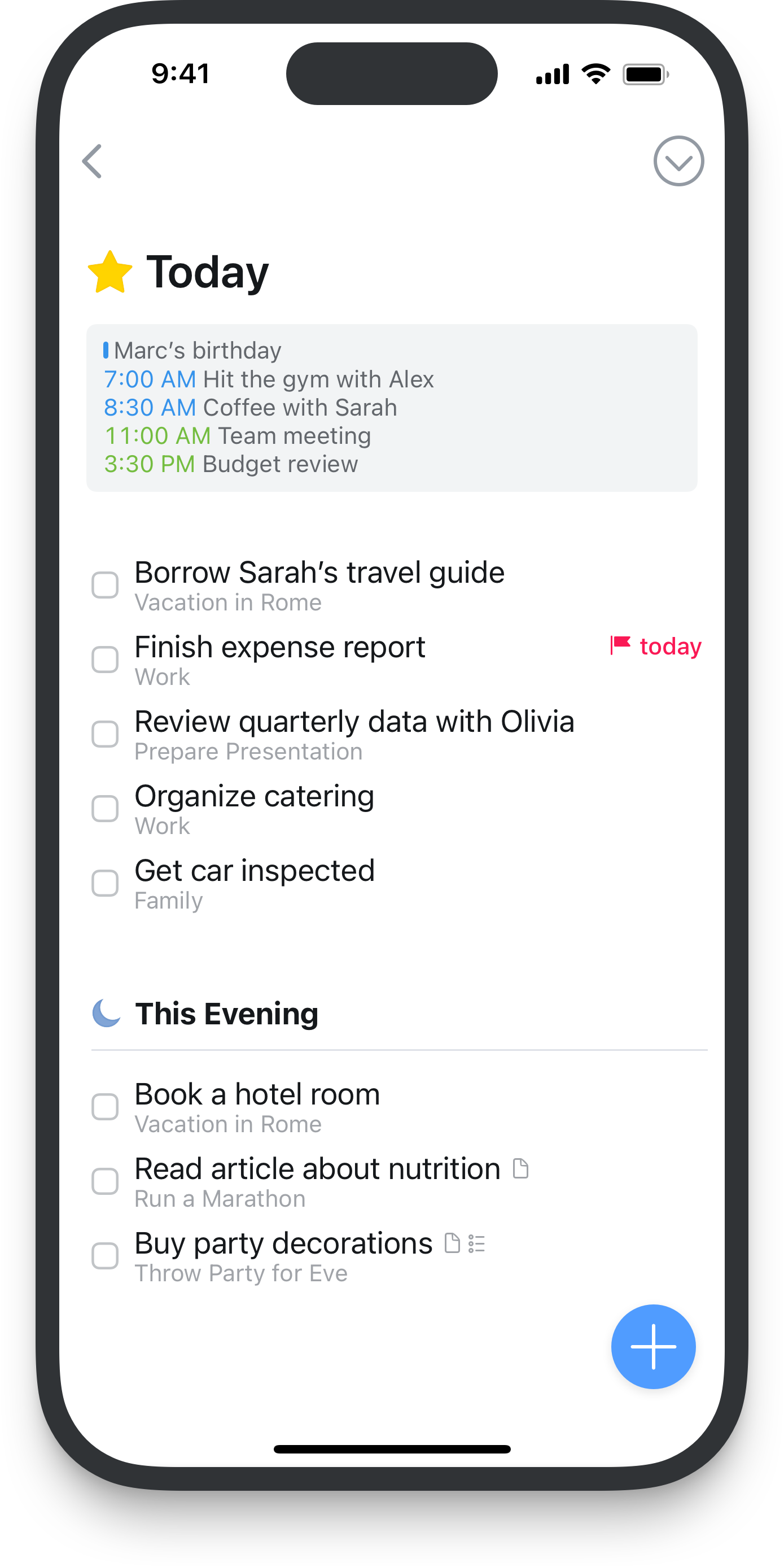Making a Linter from Scratch
Overview
The usefulness of linters should not be understated, they act as a lightweight form of PR review.
In fact, the Google SRE guide suggests that “nitpick” comments should be left to linters.
Linters help prevent obvious bugs and serve as guardians of code quality.


 Over the past few weeks I have been making a webcralwer. I wanted to do it as way to get better at Go with useful for learnings for Graph databases as well as being fun. The project made use of cloud native items such as AWS SQS, DynamoDB and optionally Neptune which could be swapped out for Neo4j.
Over the past few weeks I have been making a webcralwer. I wanted to do it as way to get better at Go with useful for learnings for Graph databases as well as being fun. The project made use of cloud native items such as AWS SQS, DynamoDB and optionally Neptune which could be swapped out for Neo4j.